Fresh aroma of coffee! Enjoy different types of coffee trees and its warming or uplifting benefits. It is something that most of us are used to and absolutely love doing.
But when it comes to where coffee comes from, few people are able to name the coffee tree or coffee plants.
This article looks at all different types of coffee tree and coffee plants, along with some other very helpful pieces of coffee related information.

The Basics
Before we kick off our list, it’s important that we note some key pieces of information. Coffea is the initial place where we find coffee.
It’s grown from seeds and there are over 120 different species of coffea.
The two most well-known and the ones you’ve likely heard of by reading the labels on your coffee or from advertising are coffea arabica and coffea canephora.
The first is often simply known as arabica and typically has much more of a sweeter taste and the latter is often referred to as robusta, which has a much higher caffeine level.
These two trees provide a cultivator with coffee cherries and coffee seeds.
Due to their caffeine content, the coffee tree is protected naturally from pests and herbivores – but we are able to enjoy coffee after coffee producers go through their processes.
1. Coffea Arabica
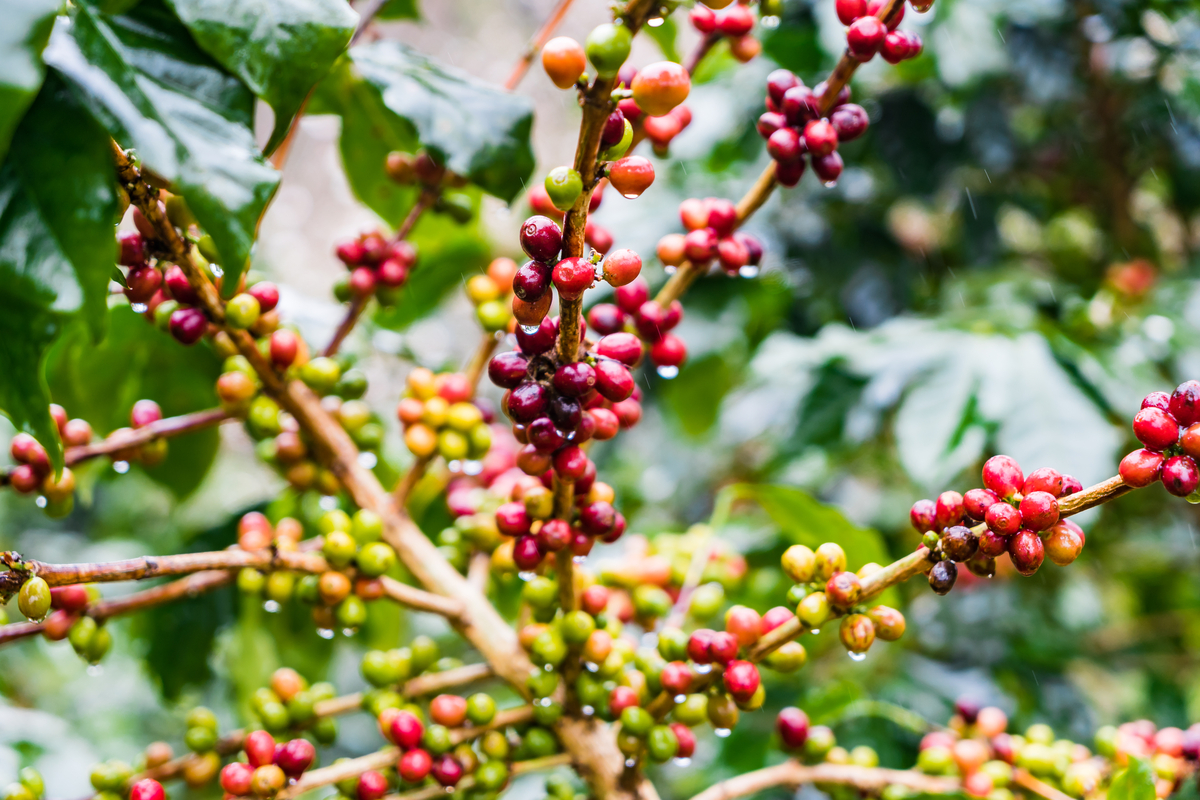
Arabica or Arabian coffee is one of the most well known types of coffee. It has a very long and complex history.
Originally, the roasted coffee beans were used by Arabian scholars after they discovered that the caffeine content was able to keep them alert and awake to study and work for much longer.
This coffee species is debated where it came from originally, but many scholars believe it was introduced from Yemen and found its way around the world via the Egyptians and the Turkish.
Production of this coffee began spreading around the world from the 17th and 18th century and some early evidence of its appearance in Europe comes from Dutch scientists and scholars who discussed the coffee being produced and cultivated in the Amsterdam botanical gardens.
The wild plant of this species can grow up to a staggering size of nearly 40 feet tall and produce white flowers.
The produced seeds from these plants are what we know as coffee beans.
Despite its popularity and production in areas like Ethiopia, it is classified as an endangered plant – possibly due to over cultivation.
It also requires specific conditions to grow correctly and the threats from deforestation have significantly reduced their numbers.
Coffee trees generally grow at hotter temperatures and warmer climates.
They do not do well in freezing situations, but places in Europe and colder states of the US can produce and cultivate coffee using synthetic methods.
Due to its taste and smaller level of caffeine, it is one of the most popular types of coffee tree to grow and therefore cultivate for its beans.
The drink made from these beans has a taste and aroma that is strong and welcoming, but also not so strong that it becomes undrinkable.
2. Coffea Robusta

Coffea robusta accounts for over 40% of the global consumption of coffee and our previous coffee, arabica, accounts for the rest.
There are multiple strains of both of these coffees, which we will look at later.
This type of coffee was only recognized as a species in its own right at the end of the 19th century and could be found in warm climates of areas like Bolivia, Costa Rica, Jamaica, Nicaragua and Borneo.
Nowadays, it continues to be grown in warmer countries, but you will find large numbers of this tree being grown in India, Vietnam, Brazil, Indonesia and China.
Brazil actually accounts for the largest number of this production, which is around 1/3 of all coffee production.
This coffee is much better for instant coffee due to its lack of acidity, but it is much more bitter.
It has a rich, fuller-body taste to it and can sometimes produce a “froth” or “foam” which is called crema.
You’re more likely to see this effect when you order or make an espresso made from these coffee beans.
3. Coffea Liberica
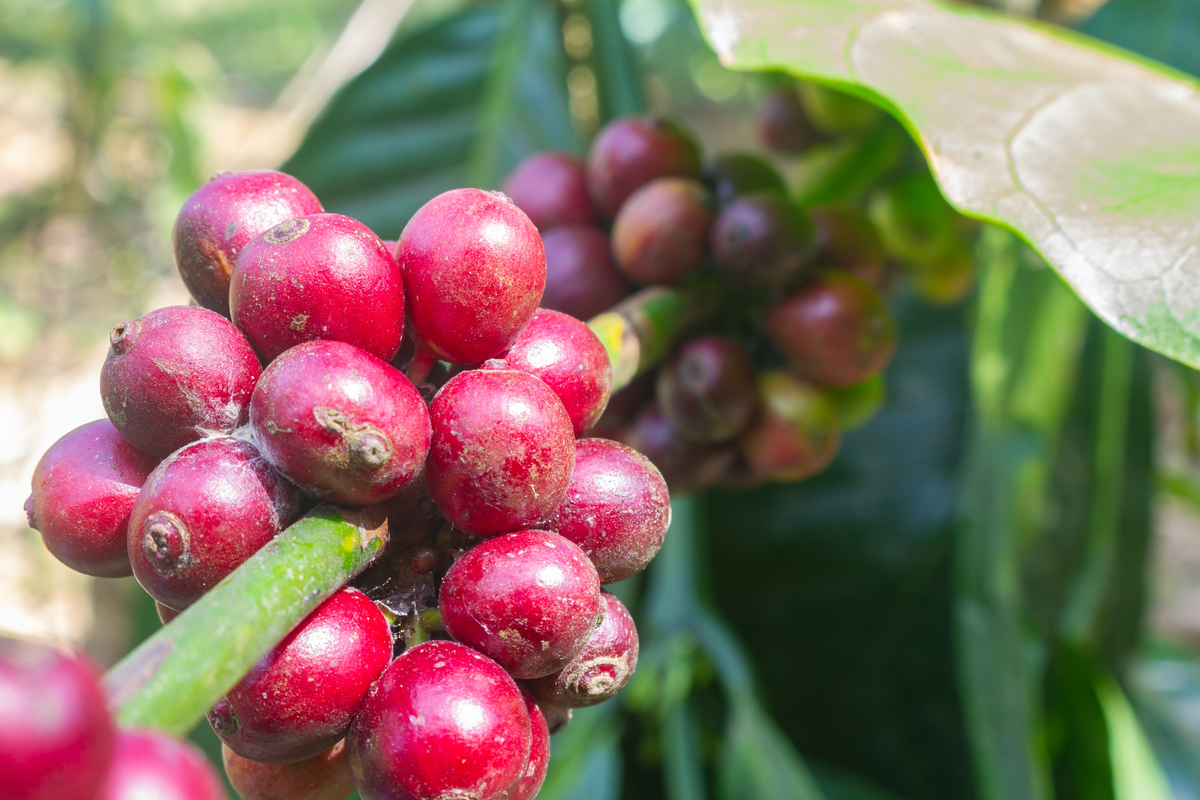
Otherwise known as Liberian coffee, this tree is native to areas like Liberia, Angola, Uganda, the Seychelles and the Philippines.
They are by far the largest coffee tree that grows. They can reach heights of nearly 70 feet tall and are very imposing in the areas you will find them.
The beans that are cultivated from them are unique when it comes to different types of coffee beans.
They have an odd looking “hooked tip” to them and have a much different taste than the other main coffee beans.
During a pandemic involving coffee beans in the 19th century, this coffee tree was sold and exported for much higher costs than usual.
This was likely due to the face that this coffee tree was less susceptible to a common bacterial infection known as rust.
Due to its rarity, this type of coffee tree still sells at a much higher cost than the others.
People that purchase the beans will experience a much different taste from others.
It has a very floral and soil-smelling taste to the beans, and they make a highly strong and aromatic smell.
4. Coffea Benghalensis
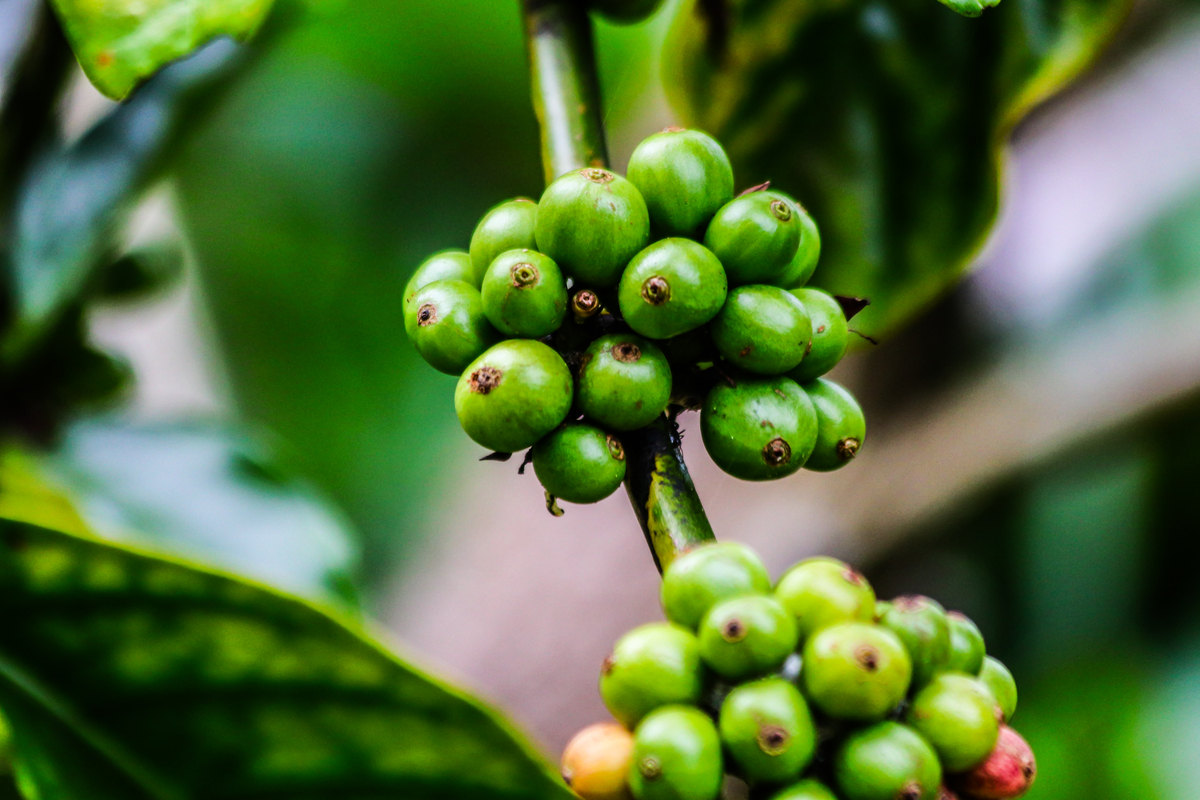
This species of coffee tree can mostly be found in the Asian nations of India, Bhutan and Nepal.
It is in fact very common to see these trees growing wildly in Nepal, especially in the West.
Unlike some other types of coffee trees, this species seems to be able to hold up against man-made expansions or disturbances.
It continues to grow in areas where derelict buildings are found – which indicates that this tree is tolerant to man-made occurrences and disturbances.
5. Coffea Magnistipula
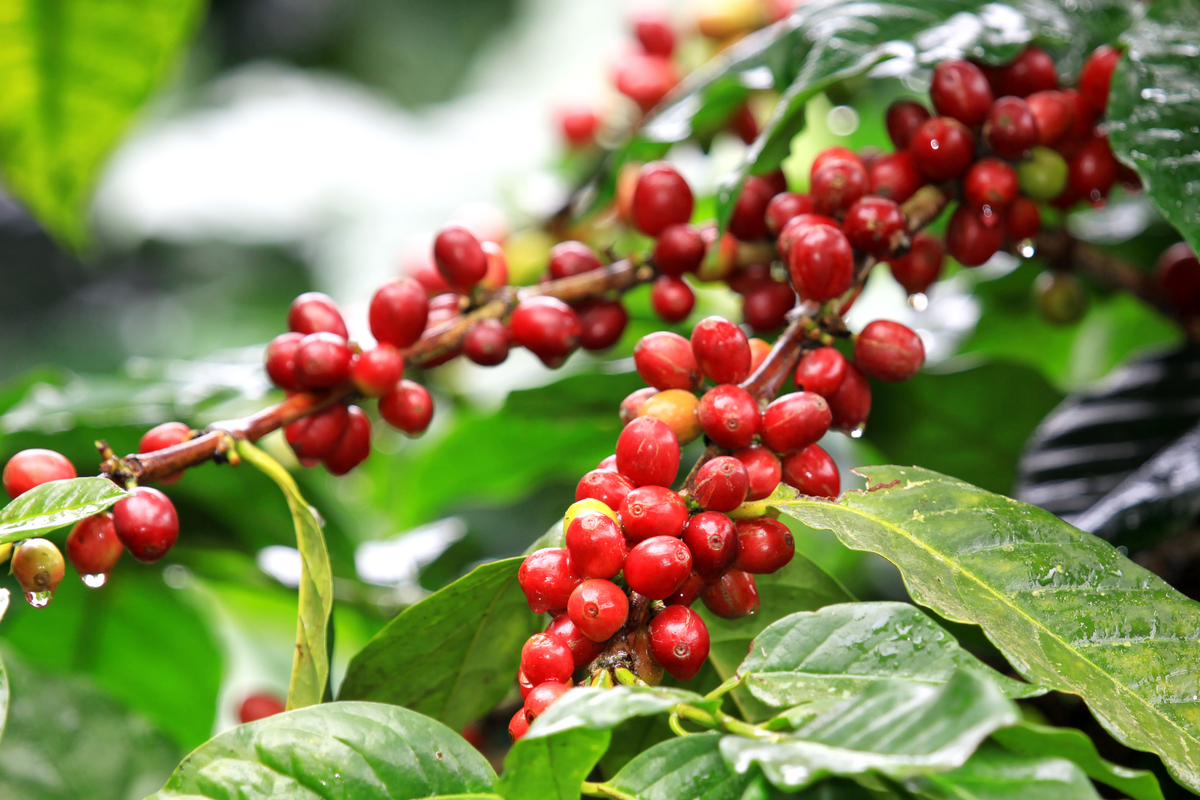
This type of coffee shrub grows only in Western areas of Africa like in Guinea and Gabon.
It seems to be able to grow much more due to the reserves of water and other natural debris that collects around it.
6. Coffea Racemosa
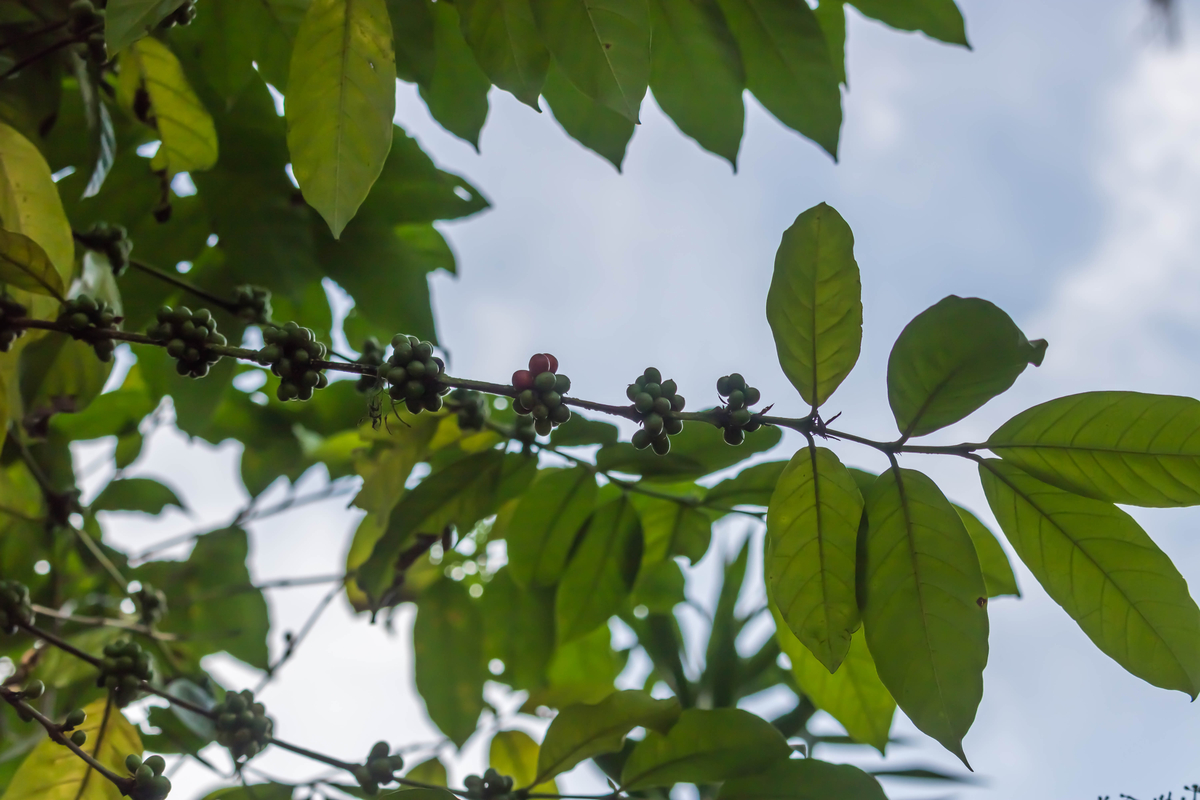
Also known as inhambane coffee, this coffee has very low levels of caffeine, significantly lower than arabica or robusta.
It is primarily found in African areas, such as South Africa, Zimbabwe and Mozambique.
The tree can grow up to around 11 feet tall which makes it one of the smallest ones you can find.
The beans are also much smaller than most others and have a purple/red tint to them when picked.
When the beans are roasted, many consumers of the coffee will add some salt over them.
This makes the beans much more taste-friendly for foods that contain coffee.
7. Coffea Stenophylla
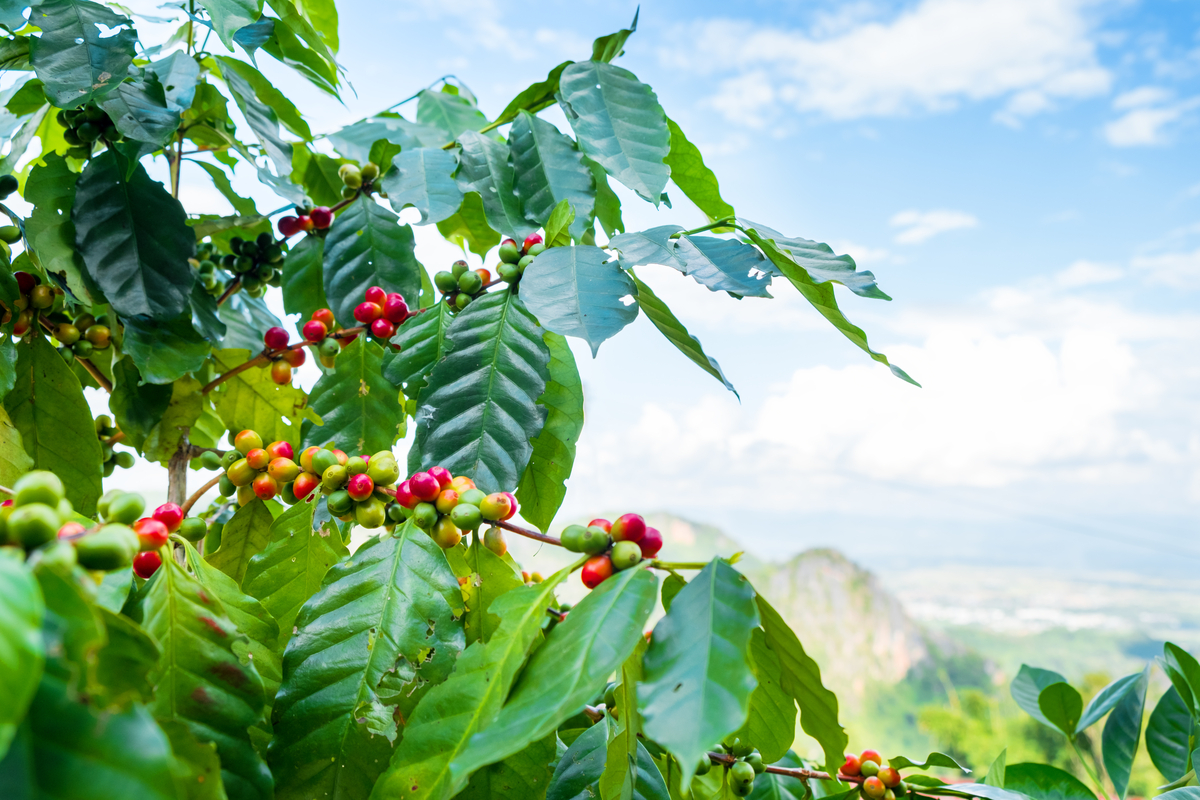
Sierra Leone or Highland coffee are other names that have been given to this type of coffee.
It is native to West African areas and the color of the beans is very deep and dark purple.
It has a medium acidic finish and tastes much sweeter than other coffees with a fruity smell and taste.
In the 19th century, it was reported that this coffee when roasted and made into a beverage tasted superior to all other coffees, irrelevant of how good the other coffees were listed to have been.
This type of coffee seems to be resistant and resilient against diseases and climate changes.
It performs well at different elevations and scientists may be able to study it to help with other coffee growing efforts in the future.
Despite this though, it is still listed as at risk of being depleted due to the effects of deforestation and other man-made problems.
What About Other Coffee Trees?
There are many other known coffee trees but some of these have very little information.
As a result, their genus and other general information is listed as unknown or currently in progress.
Some have become extinct due to deforestation and over cultivation and some were of no use to us due to their toxicity and died out.
RELATED: How To Use Coffee Grounds In Your Garden CORRECTLY – The Do’s & Don’ts
Is It Easy To Grow Coffee Trees?
Perfectly growing coffee trees is not an easy process, and it takes many years of experience and knowledge to ensure the crop is grown correctly.
Generally, coffee trees require a high elevation and warm climate with both direct and indirect sunlight.
Most areas of the United States cannot cope with the requirements and this is why countries in South America like Brazil, countries in Asia like India and Vietnam and counties in Africa like Sierra Leone are able to grow the coffee tree so well.
Their natural climate allows for a much easier cultivation process, and they are able to grow in bulk.
This explains why Brazil can sell the majority of coffee to the rest of the world.
Summary
Coffee trees are very complex, and they have a long history.
We continue to enjoy the beverage created from the trees to this day, and it shows no signs of slowing down.
Editor’s Recommendations
In For a Penny: Guide to Copper Trees (inc. 22 Different Types)
La Nature Est Belle! 43 Different Types Of French Trees
Nature is Truly Delightful! 10 Different Types Of English Trees







